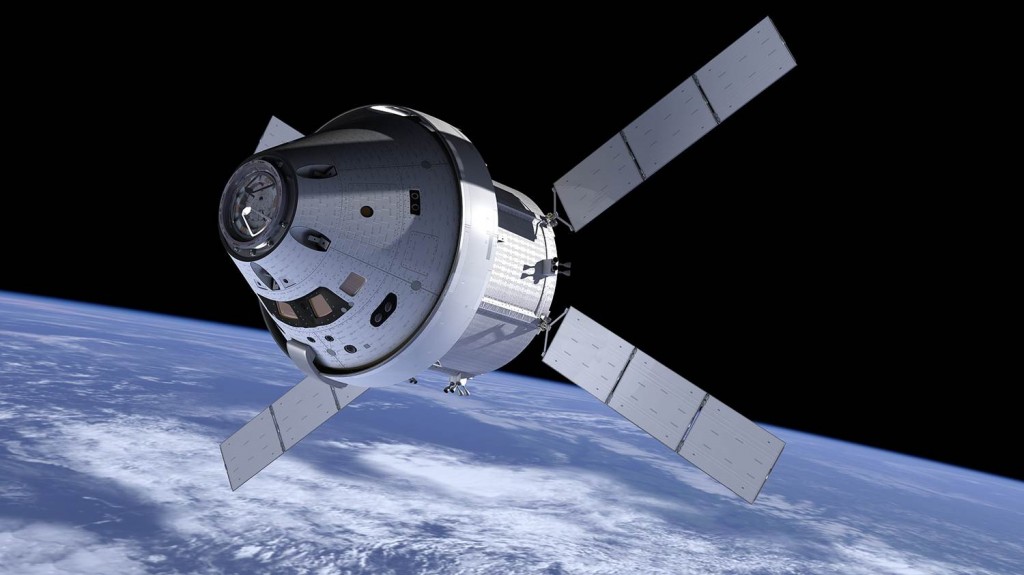On 17 November, ESA signed a contract in Berlin with the Airbus Defence and Space division to develop and build the European Service Module for Orion, NASA’s new crewed spacecraft. It is the first time that Europe will provide system-critical elements for an American space transportation vehicle.
NASA intends to use this service module for the 2017 unmanned flight of Orion. The vehicle will perform a high-altitude orbital mission around the Moon. This flight will be a precursor for future Orion human space exploration missions beyond low-Earth orbit.
The official name of Orion is ‘Multi-Purpose Crew Vehicle’, because the spacecraft can be used to conduct different missions. Eventually, NASA will use Orion to send astronauts to Mars.
The design of the European Service Module (ESM) is based on the Automated Transfer Vehicle (ATV), the European supply craft for the International Space Station. It is a major achievement, as this is the first European development of a human spacecraft operating beyond Earth orbit.
“Being selected by NASA to develop critical elements for the Orion project – currently their most important exploration project – is a clear recognition of Europe’s performance in the frame of the ATV programme,” says Nico Dettmann, Head of ESA’s Space Transportation Department.
“Cooperation with NASA is going well. It is fruitful and is happening with the same good spirit as with the International Space Station partnership,” he adds.
The ESM is a cylindrical module with a diameter of 4.5 metres and a total length – main engine excluded – of 2.7 metres. It is fitted with four solar array ‘wings’ with a span of 18.8 metres. Its dry mass is 3.5 metric tons and it can carry 8.6 tons of propellant. Besides propulsion and power, ESM carries consumables.
The Critical Design Review (CDR) is planned for 2015.


 Automated Transfer Vehicle page
Automated Transfer Vehicle page ATV blog archive
ATV blog archive
Discussion: one comment
sounds good